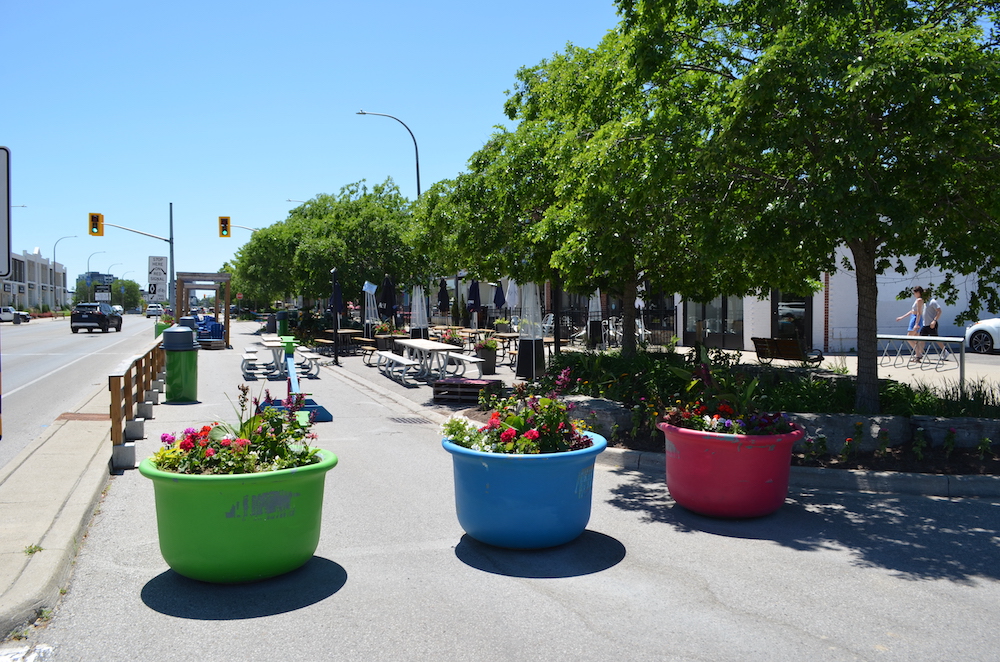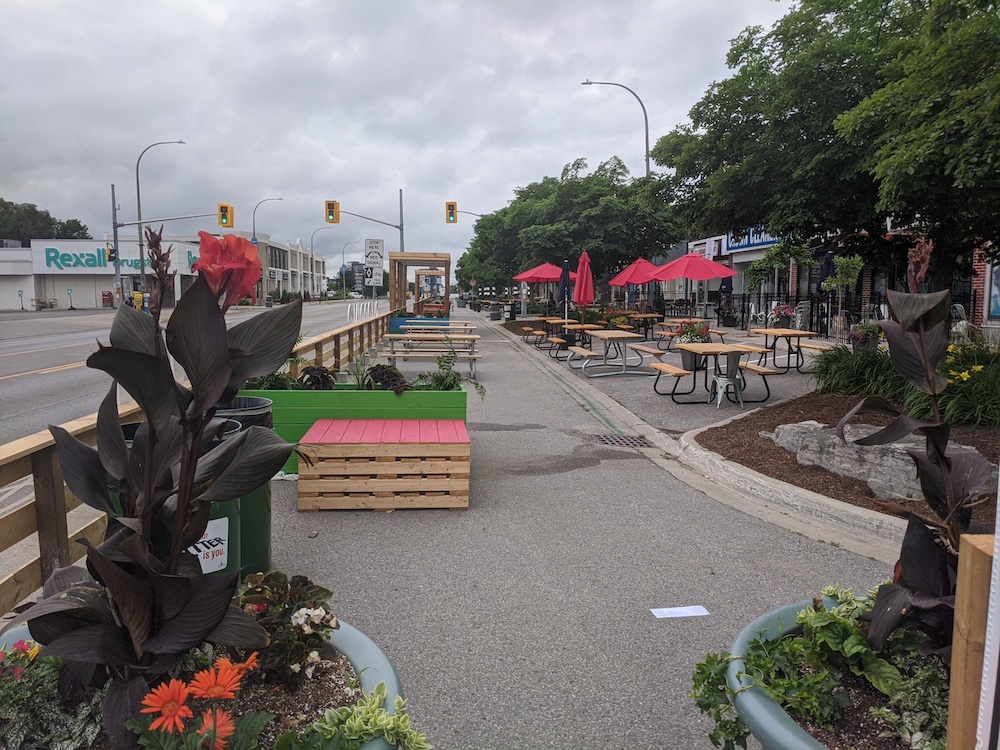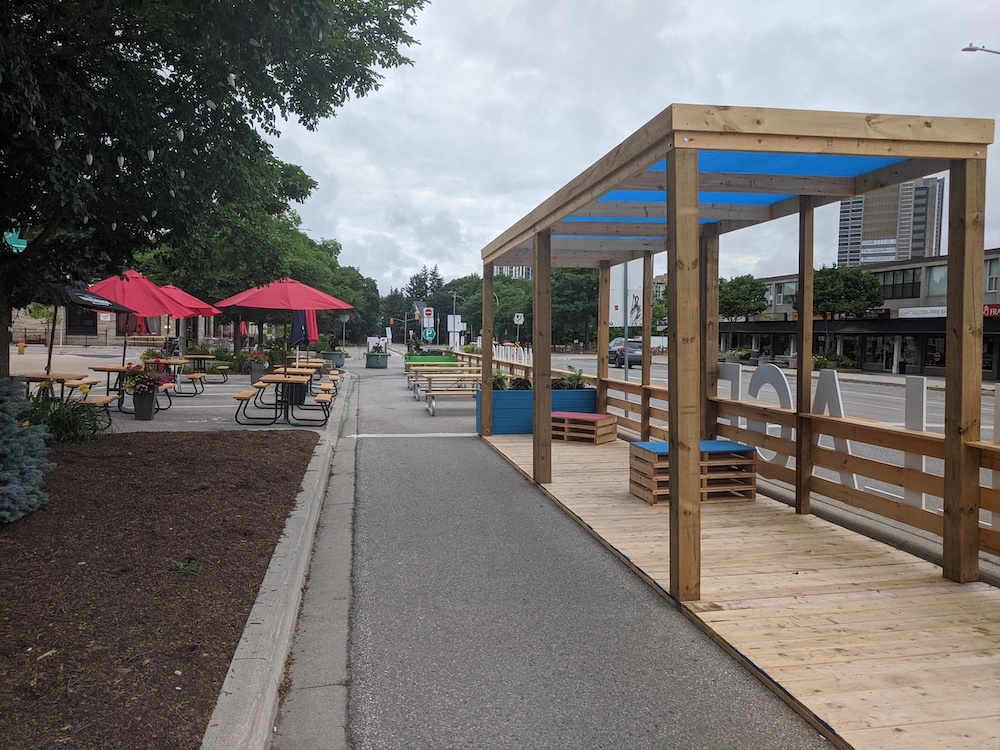Streetscape: Impact through design
As landscape architects, we observe the world around us, analyzing the spaces we use. We are always curious about what works in a particular environment and what doesn’t, seeking inspiration for current projects or future designs. A common thread in our work is a focused attention to detail. It is the combination and application of these two integral elements within the design process that creates impact.
One summer, shortly into my landscape architect career, I met a friend for coffee in Stratford, Ontario. As we strolled through the downtown area, I remarked on the space around us. My friend was intrigued by my observations, reflecting that we viewed the same spaces in very different ways.

That revelation reinforced two thoughts in my approach to design projects: we, as landscape architects, cannot traverse a site without exercising keen observation, informing specific design details to bring that space to life. And, secondly, our striving for positive and lasting impact on the places we make possible for the public is largely unseen by the very people who utilize and enjoy them.
This experience highlights how landscape architects, with their unique understanding of environmental sustainability concerns and the restorative effects of human connection to the natural world, can play a key leadership role in designing and overseeing project implementation within the public realm. The need for landscape architects has never been more relevant, as we navigate the challenges of finding nature-based, transformative solutions for urgent global issues such as the pandemic, climate change, and the biodiversity crisis.

The pandemic required municipalities to explore new or expanded ways for safer social interaction, such as outdoor-dining patios, trails, pedestrianized streets, and reconfigured park areas. Climate change events illustrate the critical need for site design that mitigates extreme weather effects. Planning for the future must incorporate innovative ideas to ensure renewal and restoration, derived from science-based approaches.
Landscape architects can be champions of climate positive design, which will be vital in adapting to a wide range of climate challenges. Through our diverse abilities and experience, we can assemble all necessary team members, in both the private and public realms, and capably lead a collaboration that ensures urban-area and green space projects are cohesively designed to appeal to their users and prepare for climate change.

The CSLA prepared resource materials on adaptation and nature-based solutions and is currently participating in initiatives such as the International Federation of Landscape Architects’ Climate Action Commitment. This pledge calls on landscape architects around the world to, among other things, attain global net zero carbon emissions by 2040, enhance capacity and resilience of livable communities, and advocate for climate justice and social well-being.
In addition to larger-scale initiatives, landscape architects are also well suited for designing smaller, local projects that create meaningful community impact on global issues. In the Kitchener-Waterloo area, one project that comes to mind in response to the pandemic is the Belmont Village Placemaking initiative. In the spring of 2020, early in the pandemic, the need for outdoor environments that provided safe social gathering opportunities was evident. The Belmont Village BIA wanted a space that could provide this, while supporting local businesses and restaurants. Partnering with a private developer and the City of Kitchener, they tasked a local landscape architectural group to create a plan for a public area within a mid-block slip lane, closed to traffic, for pedestrian use. Through consultation with the BIA, local businesses, and the City, a plan was developed incorporating expanded patios/seating areas, shade structures, and play features, to encourage safe interaction among the public, while maintaining social distance. The result was a huge success for Belmont Village, providing positive impacts for local businesses and the public who came out to use the space. This installation was so well received it was reinstated the following two years.
The OALA is using municipal-focused outreach to ensure our provincial and local community leaders are informed of the important work we do, and understand how communities benefit from the design solutions we can provide. A valuable spin-off of this will be an enhanced public understanding of our profession’s role. Perhaps the most important impact of all will be the installation of designed spaces that can withstand the challenges we face.
Strategic, nature-based design, created and implemented by landscape architects who are experts in proactively adapting green and urban environments for the public realm, will allow communities to respond quickly and appropriately to current and future global challenges, in relevant and resilient ways. It is these transformative impacts that reflect our overarching philosophy of improving communities.
Text by Justin Whalen, OALA, CSLA, a landscape architect and Associate at GSP Group in Kitchener. He sits on the OALA Council (since 2016), most recently as its Secretary and chairs the OALA Social Committee.
